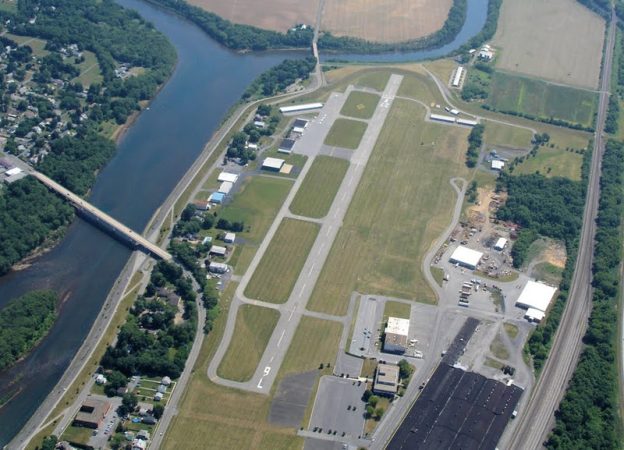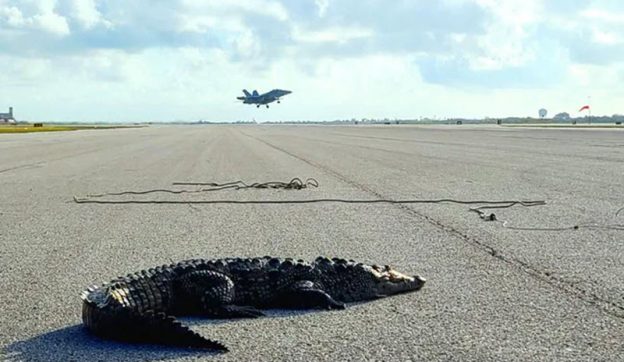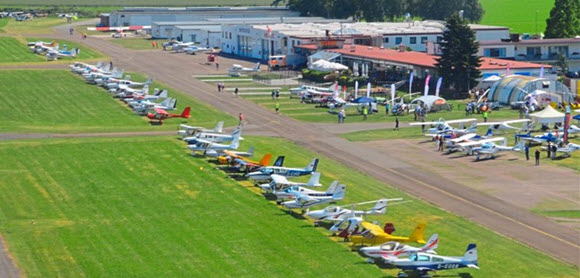AOPA is raising concerns about economic impacts and potential grant obligation violations after airport tenants of William T. Piper Memorial Airport in Pennsylvania received letters from the Lock Haven City Council confirming the city’s intent to sell or close the airport.
On August 3, Lock Haven City Manager Gregory Wilson sent a notice to the 43 tenants of Piper Memorial Airport announcing the city was pursuing the sale or permanent closure of the airport because of the high annual costs of keeping it open.
After hearing about the closure and sale threat, AOPA—which supports nearly 8,000 members in Pennsylvania—submitted a Right-to-Know request with the Pennsylvania Department of Transportation Bureau of Aviation to identify the airport’s FAA and state aviation grant obligations. The BOA data confirmed that the city is obligated to the FAA through 2040 because of a $1 million federal grant received in 2020 for ramp and taxiway reconstruction. Piper Memorial Airport has received more than $4 million in FAA airport improvement program funds over the past 20 years, which includes a grant for the acquisition of airport land—a category that obligates the city in perpetuity. This means that the closure of the airport without direct consent of the FAA would be considered a violation of the city’s grant obligations.
In an October 3 letter to Wilson, AOPA expressed concerns over the notice given to tenants, reminded the city of its grant obligations, and proposed alternative solutions to improve economic conditions at the airport. AOPA identified that that city would not only violate federal grant obligations if it pursued a sale but would also create a $13 million loss in economic impact to the community, according to the Penn DOT BOA airport economic impact report. The BOA report also indicates that the airport supports 77 jobs providing $4.4 million in income annually. Piper Memorial Airport is a valuable regional asset that connects the community to national and international networks; provides access to health care; and acts as a staging point for emergency preparedness, whether for human-cased or natural disasters or during a national crisis.
To close the airport, the city would need permission from the FAA to be released from its grant obligations—a feat no public airport sponsor has ever achieved. According to the FAA’s Airport Compliance Manual, “Only benefits to the airport may be cited as justification for the release, whether tangible or intangible. The nonaviation interest of the sponsor or the local community—such as making land available for economic development—does not constitute an airport benefit that can be considered in justifying a release and disposal.”
In lieu of closure, AOPA is urging the city to pursue maximizing the economic potential of the airport, even if that entails transitioning sponsorship of the airport to an airport authority and working with the regional chamber of commerce to utilize vacant airport land that might qualify for the Airport Land Development Zone program—an AOPA-backed program that provides developers with a tax incentive based on the number of new jobs created from development of underused airport land. Additionally, AOPA encourages the city to lean on available resources, from industry consultants to local AOPA members and tenants.
Newly appointed AOPA airport support network volunteer and airport tenant Alan Uhler worked with local pilots to establish an informal airport support group. In their first meeting, they attracted more than 100 tenants, pilots, and airport advocates—all vested in keeping the Piper Memorial Airport open. Source: ‚AOPA‚. Picture: ‚Fly In Vacations‚.




